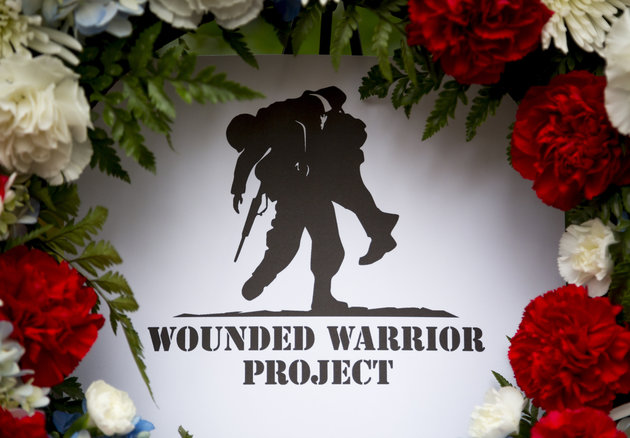
In 2014, after 10 years of rapid growth, the Wounded Warrior Project flew its roughly 500 employees to Colorado Springs for an “all hands” meeting at the five-star Broadmoor hotel.
They were celebrating their biggest year yet: $225 million raised and a work force that had nearly doubled. On the opening night, before three days of strategy sessions and team-building field trips, the staff gathered in the hotel courtyard. Suddenly, a spotlight focused on a 10-story bell tower where the chief executive, Steven Nardizzi, stepped off the edge and rappelled toward the cheering crowd.
That evening is emblematic of the polished and well-financed image cultivated by the Wounded Warrior Project, the country’s largest and fastest-growing veterans charity.
Since its inception in 2003 as a basement operation handing out backpacks to wounded veterans, the charity has evolved into a fund-raising giant, taking in more than $372 million in 2015 — largely through small donations from people over 65.
Today, the charity has 22 locations offering programs to help veterans readjust to society, attend school, find work and participate in athletics. It contributes millions to smaller veterans groups. And it has become a brand name, its logo emblazoned on sneakers, paper towel packs and television commercials that run dozens of times.
But in its swift rise, it has also embraced aggressive styles of fund-raising, marketing and personnel management that have many current and former employees questioning whether it has drifted from its mission.
It has spent millions a year on travel, dinners, hotels and conferences that often seemed more lavish than appropriate, more than four dozen current and former employees said in interviews. Former workers recounted buying business-class seats and regularly jetting around the country for minor meetings, or staying in $500-per-night hotel rooms.
The organization has also spent hundreds of thousands of dollars in recent years on public relations and lobbying campaigns to deflect criticism of its spending and to fight legislative efforts to restrict how much nonprofits spend on overhead.
About 40 percent of the organization’s donations in 2014 were spent on its overhead, or about $124 million, according to the charity-rating group Charity Navigator. While that percentage, which includes administrative expenses and marketing costs, is not as much as for some groups, it is far more than for many veterans charities, including the Semper Fi Fund, a wounded-veterans group that spent about 8 percent of donations on overhead. As a result, some philanthropic watchdog groups have criticized the Wounded Warrior Project for spending too heavily on itself.

